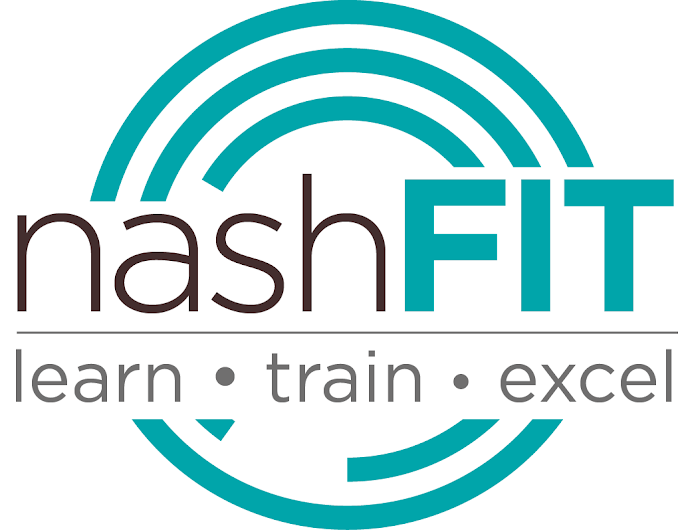The video and its contents focuses on using mobility training to create good movement foundations. I like to refer to these movements as "stupid easy - stupid hard" When training movement it is essential that you remember the following functional motto "The leader of 1 is the leader of many". Simply put, a person must have the ability to perform 1 rep well (i.e. quality of movement) before developing the capacity (i.e. quantity of movement). This video also represents key concepts associated with good posture, removing muscles imbalance, eliminating movement restrictions and learning core integration. Remember, a Ferrari is only as good as it's driver. Practice purposely, focus on the details and spend more time on the side that isn't 1) as strong or 2) flexible. Other key movement training concepts include:
- Mobility around stability. Draw in and core brace prior to initiating movement. https://www.youtube.com/watch?v=XSN0JNfO58k or https://www.youtube.com/watch?v=Y1kkSmGl_5Q (PS he means a #2 when referring to core bracing).
- Remove asymmetries (train one side more than other until mobility and stability is similar on both sides then challenge both sides equally)
- Irradiating tension throughout the body via core bracing
- End range of motion training
- CARS = capsular articular rotations
- Dynamic mobility
Written by deweynielsen*MOVEMENT PREREQUISITES*
It is most common that when someone wants to be capable of a movement, they practice the movement. Seems logical, right? It is only logical if you ask all of the wrong questions.
For an example let’s use a bodyweight deep squat (but note that you can insert any movement here). Practicing the squat to get better at the squat ONLY works if you can ALREADY squat. This is why you STILL can’t do the movement even after months or years of 'practice'. Take a quick glance at the articulations involved in the squat. The ankle, knee, hip and spine are the major players here. If just one of these articulations does not own the prerequisites to do the movement, the movement will NEVER happen. Sure, you can use a heel lift to squat or bands, or another tool but at the expense of what? At the expense of ankle pain? Knee pain? Hip pain? Back pain? Of course. If you don’t have the prerequisites for a movement, the movement will not have a positive outcome.
What are the prerequisites for a movement?
Prerequisite #1) Each individual articulation must have the active range of motion required in the movement WITHOUT load. i.e. If your ankle does not have enough dorsiflexion to squat, it isn’t a mystery why you can’t squat. It’s also not a mystery why the squat (insert any movement) is hurting you. It’s not the movement that is dangerous. It’s the lack of being PREPARED for the movement.
Prerequisite #2) The tissues involved in the movement must have the force absorption capability required in the movement. i.e. To make an exaggerated point, if you can’t squat 200 lbs you shouldn’t try to squat 300 lbs. This is where the common sense of ‘progressive overload’ takes place (slightly more complex with bodyweight exercises and advanced calisthenics). Skipping the prerequisites will most likely lead to an injury. It shouldn't be a mystery when it happens. Unfortunately the fitness and health industry jumps to the nonsensical conclusion that the ‘movement’ is dangerous. NO! The movement is not dangerous. Being unprepared for the movement is dangerous. #prepareyourself #frc #mobility #functionalanatomyseminars #Prepair2Perform, #nashFIT, #CompleteFITness
Chad Benson, MSc, CSCS, CPT (Director of Fitness Education for Steve Nash Fitness Clubs and the British Columbia Personal Training Institute)
Facebook: https://www.facebook.com/BCPTI
Instagram, Twitter & Perioscope: @bcpti
Website: www.bcpti.ca
Blog: http://www.bcpti.ca/blog/
Email: chad@bcpti.ca

No comments:
Post a Comment